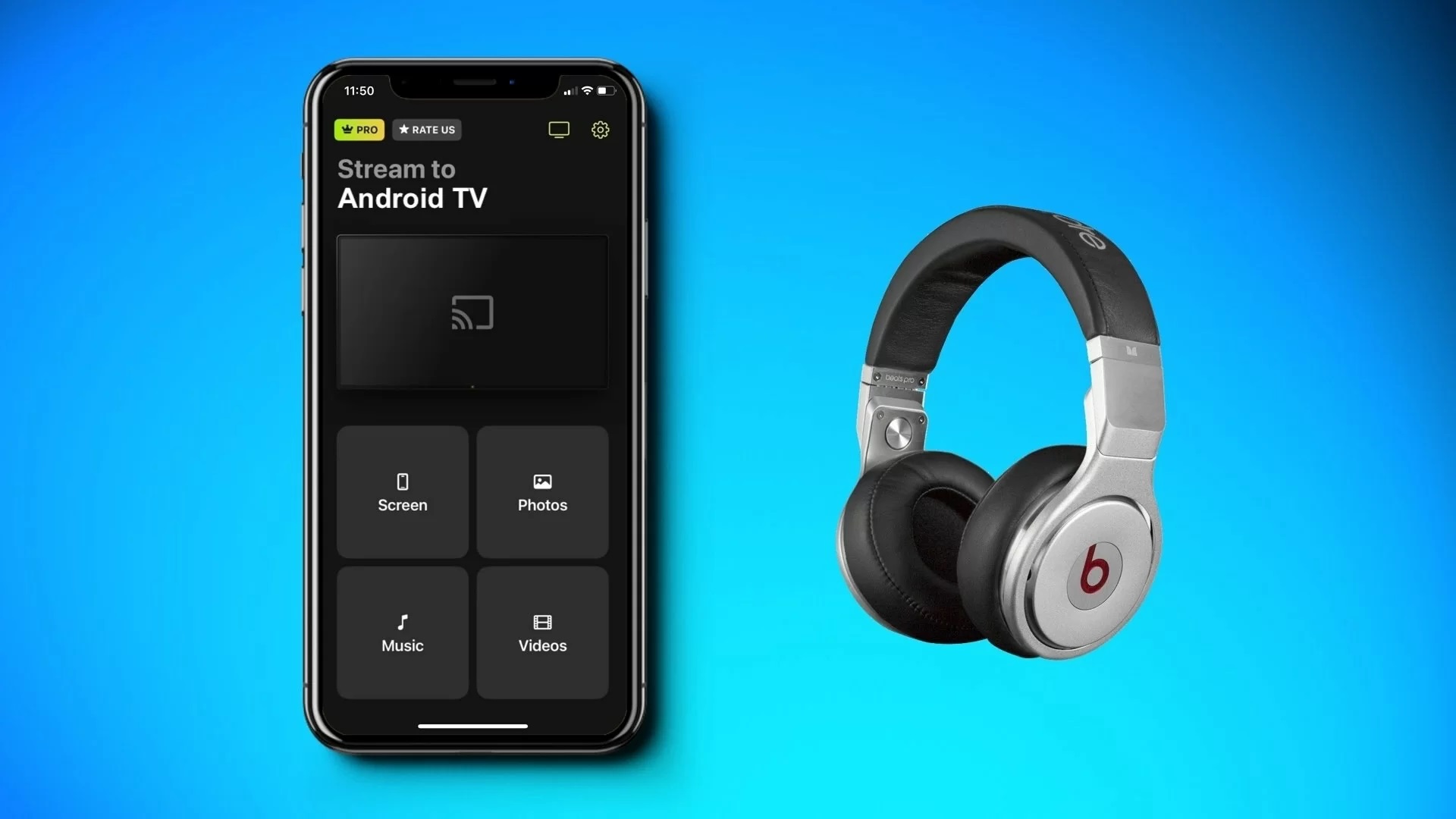Home>Reviews>Gadgets>Exploring the Versatility of Chromecast Media Players


Gadgets
Exploring the Versatility of Chromecast Media Players
Modified: September 5, 2024
Discover the ultimate versatility of Chromecast media players and explore the latest gadgets for seamless entertainment at home. Unlock the potential of your devices with our comprehensive guide.
(Many of the links in this article redirect to a specific reviewed product. Your purchase of these products through affiliate links helps to generate commission for Techsplurge.com, at no extra cost. Learn more)
History of Chromecast
Chromecast, a product line developed by Google, has changed how we consume media on television screens. Since its introduction in July 2013, Chromecast has evolved from a simple streaming device to a versatile media player capable of handling various tasks.
First-Generation Chromecast (2013)
- Small, cylindrical device plugged into an HDMI port on your TV.
- Supported streaming from Android and iOS devices, as well as from Google Chrome on Windows, macOS, and Linux.
- Offered a simple and affordable way to stream content from mobile devices to TVs.
Second-Generation Chromecast (2015)
- Improved upon the original by adding support for 5GHz Wi-Fi, providing faster and more reliable connectivity.
- Introduced a new design with a more compact shape and a slightly longer length.
Third-Generation Chromecast (2018)
- Featured a new design with a built-in microphone, allowing users to control their device with voice commands using Google Assistant.
- Supported multi-room audio and improved performance for smoother streaming.
Chromecast with Google TV (2020)
- Marked a significant departure from previous versions by introducing a remote control and a more traditional TV interface.
- Offered access to various streaming services and provided a more intuitive way of discovering and watching content.
Chromecast with Google TV (HD) (2022)
- The latest model in the series, offering an enhanced user experience with improved performance and a more streamlined interface.
- Continued to support voice control through Google Assistant and provided seamless integration with other Google services.
How to Use Chromecast
Using Chromecast is relatively straightforward, but there are several ways to get the most out of your device.
Setting Up Your Chromecast
Physical Setup
- Plug Chromecast into an available HDMI port on your TV.
- Connect Chromecast to a power source using the provided USB cable.
Initial Setup
- Open the Google Home app on your mobile device.
- Follow the in-app instructions to set up Chromecast, including connecting it to your Wi-Fi network and naming it.
Pairing Devices
- Once set up, pair Chromecast with multiple devices such as smartphones, tablets, or computers.
- Ensure each device is connected to the same Wi-Fi network as Chromecast.
Streaming Content
Using Mobile Devices
- Open the Google Home app on your mobile device.
- Select the Chromecast you want to use from the list of available devices.
- Choose the content you want to stream from apps like Netflix, YouTube, or Disney+.
Using Computers
- Open Google Chrome on your computer.
- Navigate to the website of a supported streaming service like Netflix or Hulu.
- Click on the "Cast" button to send the content to Chromecast.
Voice Control
- If you have a third-generation or later model of Chromecast, use voice commands with Google Assistant.
- Simply say "Ok Google, cast [content name]" to start streaming.
Multi-Room Audio
Setting Up Multi-Room Audio
- Ensure all devices are connected to the same Wi-Fi network.
- Open the Google Home app and go to "Settings."
- Select "Multi-Room Audio" and follow the instructions to set up your speakers.
Controlling Multi-Room Audio
- Use voice commands like "Ok Google, play [song name] in living room" to control music playback across multiple rooms.
Additional Features of Chromecast
Google Assistant Integration
- The built-in microphone in later models allows for seamless integration with Google Assistant.
- Users can perform various tasks such as setting reminders, sending messages, or controlling smart home devices using voice commands.
Google TV Interface
- The Chromecast with Google TV offers a more traditional TV interface with access to various streaming services.
- Includes features like recommendations based on your viewing history and a search bar for easily finding content.
4K and HDR Support
- Some models of Chromecast support 4K resolution and HDR (High Dynamic Range) for enhanced video quality.
- Ensures the best possible viewing experience when streaming high-definition content.
Google Photos Integration
- Users can easily share photos from their Google Photos account directly to their TV using Chromecast.
- Particularly useful for family gatherings or presentations.
Google Cast SDK
- Developers can use the Google Cast SDK to integrate Chromecast functionality into their apps.
- Allows for a wide range of third-party applications to be compatible with Chromecast, expanding its versatility further.
Chromecast has evolved significantly since its inception, transforming from a simple streaming device into a versatile media player capable of handling various tasks. From its initial release in 2013 to the latest models with Google TV, Chromecast continues to offer an affordable and user-friendly way to improve your entertainment experience. With its seamless integration with Google services, support for multi-room audio, and enhanced video quality, Chromecast remains a popular choice for those looking to stream content from their mobile devices or computers to their TVs. Whether you're a casual viewer or an avid streamer, Chromecast is an excellent addition to any home entertainment setup.

